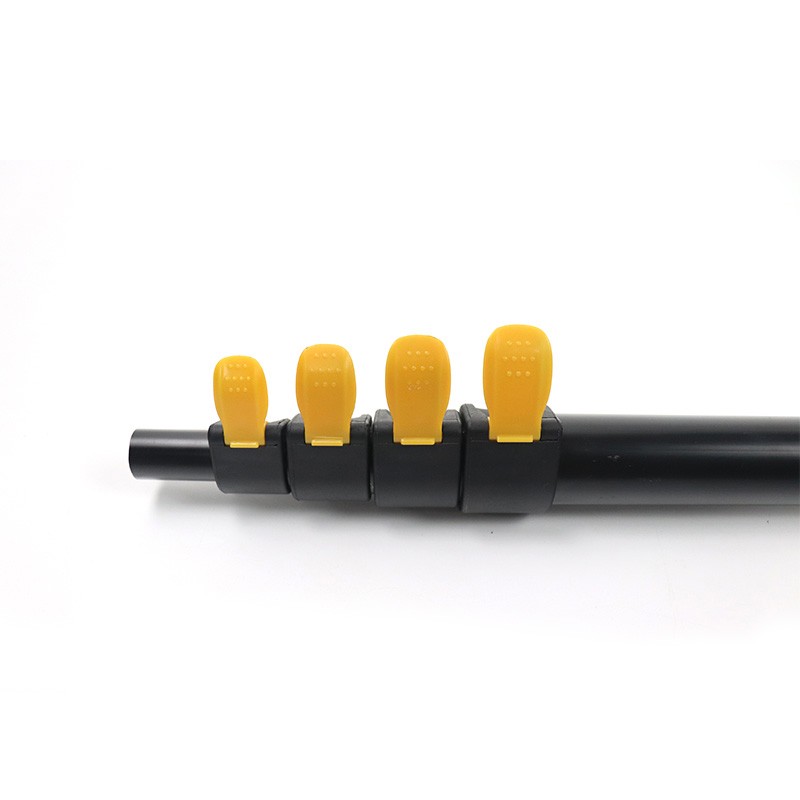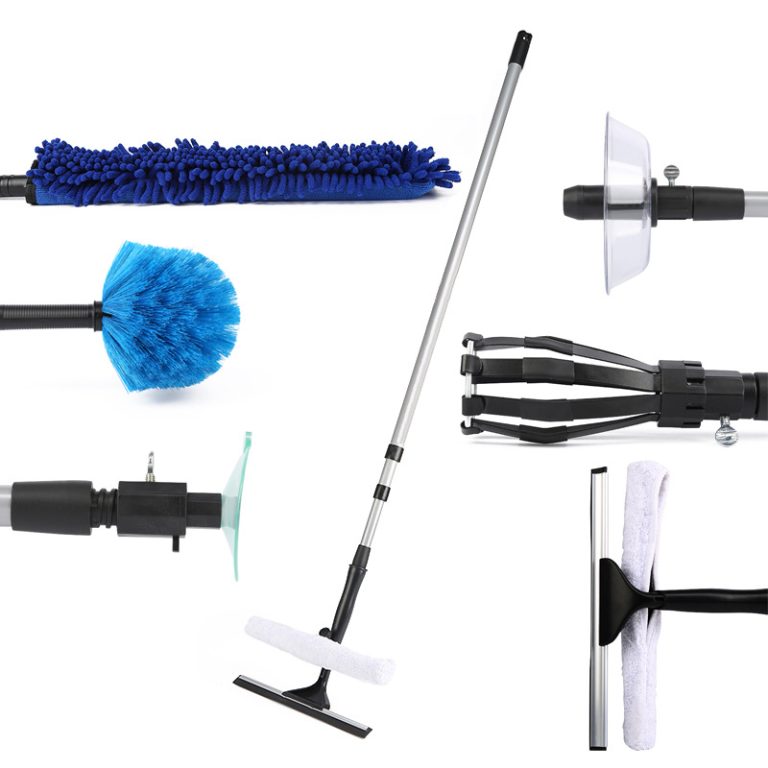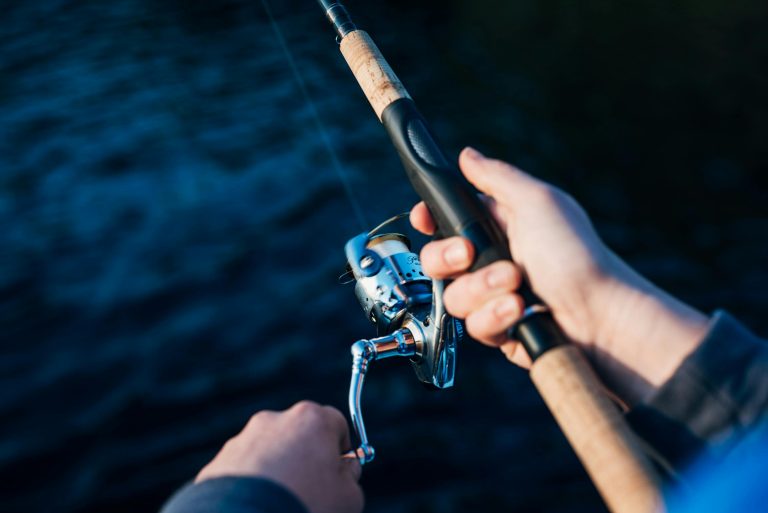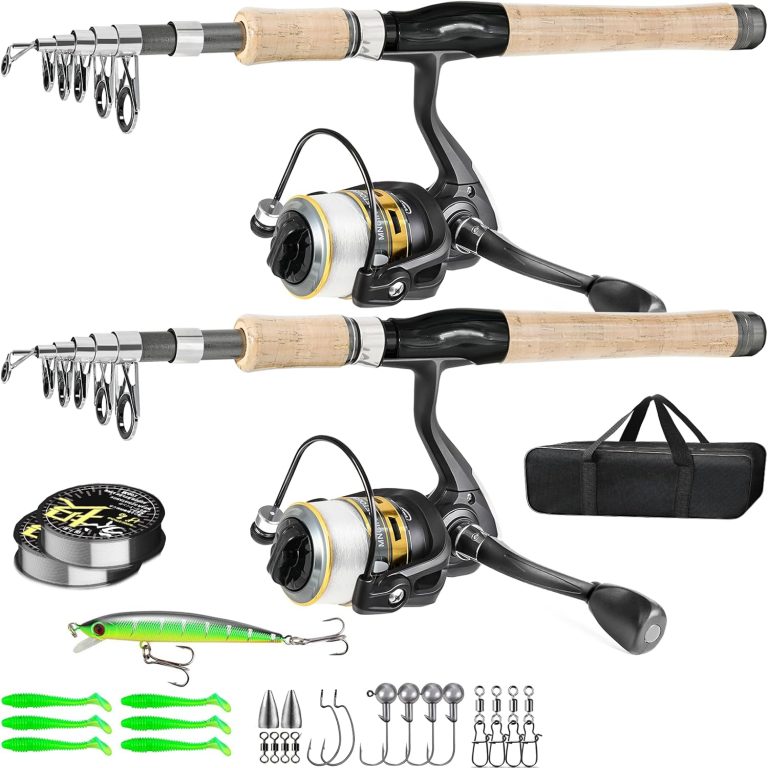Ergonomic Design of Telescopic Poles for Comfortable Use
In recent years, the demand for telescopic poles has increased across various industries and activities, from photography and cleaning to construction and maintenance. As users rely more on these tools, the importance of ergonomic design has become evident. An ergonomically designed telescopic pole not only enhances the user’s comfort but also improves performance and reduces the risk of injury.
The Significance of Ergonomic Design
Reducing Fatigue
One of the primary goals of ergonomic design in telescopic poles is to minimize user fatigue. When using a telescopic pole, especially for extended periods, the body can experience significant stress. A well – designed pole distributes the weight evenly, reducing the strain on specific muscle groups. For instance, in the case of a cleaning professional using a telescopic pole to reach high windows, an ergonomic design ensures that the weight of the pole and any attached cleaning tools is not concentrated in one area, such as the hands or shoulders. This even distribution of weight allows the user to work for longer intervals without experiencing excessive tiredness.
Preventing Injury
Ergonomic features in telescopic poles play a crucial role in preventing injuries. Incorrect handling of a non – ergonomic pole can lead to musculoskeletal disorders, such as back pain, neck strain, and tendonitis. By contrast, an ergonomic pole is designed to fit the natural movements and postures of the human body. For example, a pole with an adjustable handle angle allows the user to position it in a way that aligns with their arm and wrist movements, reducing the risk of repetitive strain injuries.
Key Ergonomic Features
Comfortable Handles
The handle is one of the most important components of an ergonomic telescopic pole. Handles are now designed to fit the contours of the hand, providing a secure and comfortable grip. Some handles are made of soft, non – slip materials that conform to the shape of the hand, reducing the pressure points. For example, rubber – coated handles are common in many telescopic poles as they offer a good balance between grip and comfort. Additionally, some handles have textured surfaces, which further enhance the grip, especially in wet or sweaty conditions.
Adjustable handles are another significant advancement. They allow users to customize the angle of the handle according to their preference and the task at hand. This feature is particularly useful in activities like painting, where the user may need to adjust the handle angle to reach different areas without straining their wrist or elbow.
Weight Distribution
Proper weight distribution is essential for an ergonomic telescopic pole. Manufacturers are now engineering poles to ensure that the weight is evenly distributed along the length of the pole, even when extended. This balance reduces the feeling of top – heaviness, which can be a common problem in poorly designed poles. For example, in a telescopic fishing rod, a well – balanced weight distribution allows the angler to hold the rod for long periods without fatigue, as the weight of the rod and the line is distributed in a way that feels natural in the hand.
Some telescopic poles achieve better weight distribution by using lightweight yet strong materials, such as carbon fiber. Carbon – fiber poles not only reduce the overall weight but also help in achieving a more balanced design. This is because carbon fiber can be strategically placed in the pole to optimize weight distribution, resulting in a more comfortable and easier – to – handle tool.
Balance and Stability
Ergonomic telescopic poles are designed to provide excellent balance and stability. The diameter of the pole sections and the way they fit together contribute to this. A pole with consistent and well – fitting sections will not wobble or vibrate excessively, which can cause discomfort and make the task more difficult. For example, in a telescopic pole used for aerial photography, stability is crucial to ensure clear and steady shots. An ergonomic design takes into account factors like the thickness of the pole walls and the precision of the connections between sections to minimize any unwanted movement.
Ergonomic Design in Different Applications
Cleaning
In the cleaning industry, telescopic poles are used for a variety of tasks, from dusting high shelves to cleaning windows. An ergonomic telescopic pole for cleaning should have a lightweight design, as cleaners often need to use the pole for extended periods. The handle should be easy to grip, even when wearing gloves, and the pole should be well – balanced to prevent fatigue during repetitive cleaning motions. Some cleaning – specific telescopic poles also come with attachments that are designed to be ergonomic, such as squeegees with a comfortable grip and a design that reduces the effort required to clean.
Photography
For photographers, an ergonomic telescopic pole is essential for capturing unique perspectives. The pole should be lightweight enough to carry around easily, especially during long shoots. The handle should provide a comfortable grip, allowing the photographer to hold the pole steady while adjusting the camera. In addition, the pole’s locking mechanism should be easy to operate with one hand, so that the photographer can focus on framing the shot without fumbling with the pole. Some telescopic poles for photography also have a counter – balance feature, which helps in maintaining stability when the camera is attached at the end of the extended pole.
Construction and Maintenance
In construction and maintenance, telescopic poles are used for tasks like reaching high areas for painting, inspection, or repair. Ergonomic design in these poles focuses on durability and ease of use in a tough working environment. The handles are often made of more robust materials to withstand rough handling, but still maintain a comfortable grip. The pole’s weight is carefully considered, as workers need to be able to maneuver it in different positions. Additionally, the locking mechanisms are designed to be secure and easy to operate, even with work – gloves on, ensuring the safety of the user while working at heights.
In conclusion, the ergonomic design of telescopic poles is a crucial aspect that cannot be overlooked. By focusing on features such as comfortable handles, proper weight distribution, and balance, manufacturers can create telescopic poles that are not only comfortable to use but also contribute to the overall well – being and efficiency of the user. Whether it’s for professional use in various industries or for personal activities, an ergonomic telescopic pole enhances the user experience and reduces the risk of discomfort and injury.



